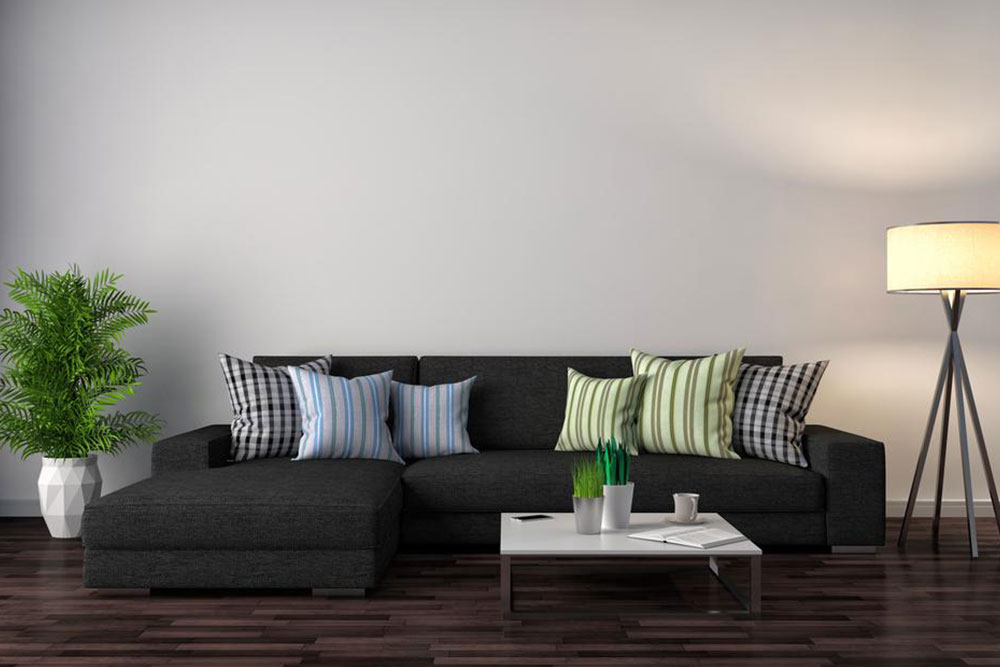Top Tips for Choosing Your First Smart TV
Discover essential tips for selecting your first smart TV. Learn about screen size, display technology, connectivity options, resolution, and more to make an informed choice suited to your space and budget. Our guide helps you find the perfect smart TV for enhanced entertainment experiences.

Smart televisions are modern electronic screens that connect to the internet and support multimedia functions. Combining features from traditional TVs, streaming devices, and computers, they enable access to online content, home networking, and interactive applications. Operating systems are either built-in or accessed via external set-top boxes, with easy options to add or customize apps. Selecting the right smart TV involves considering several important factors to ensure it meets your entertainment needs and fits your budget.
Key Factors to Consider When Buying a Smart TV
Screen Size
Select a size that suits your room size and viewing distance. Larger screens improve experience but should match the available space and seating layout. Budget constraints and desired quality also play a role; bigger isn’t always better.
Display Type: LCD, LED, or OLED
Most contemporary TVs use LED-backlit LCD panels. OLED screens, offering self-illuminating pixels, provide higher contrast and better picture quality. Your choice depends on your resolution preferences and visual clarity expectations.
Number of HDMI Ports
Look for a TV with at least four HDMI 2.1 ports, allowing connection of various devices such as gaming consoles, streaming sticks, and soundbars. New HDMI standards support high-quality video and audio transfer.
Resolution
Opt for 4K Ultra HD for sharper images and more detail, or choose Full HD (1080p) as a cost-effective option. 4K offers better clarity but tends to be pricier.
Refresh Rate
Expressed in Hertz (Hz), the refresh rate influences motion smoothness. Higher rates like 120 Hz or 240 Hz ensure fluid motion during fast-paced scenes and gaming.
Contrast Ratio
This measures the difference between the brightest whites and darkest blacks. Higher contrast ratios result in richer colors and more detailed dark scenes.
By evaluating these factors—screen size, display type, connectivity, resolution, refresh rate, and contrast—you can find a smart TV that fits your preferences and space perfectly.
Note: Our blog provides helpful insights across various topics. Use our information as a guide, but verify specific details independently, as data may differ across sources. We do not endorse any specific products or offers.


